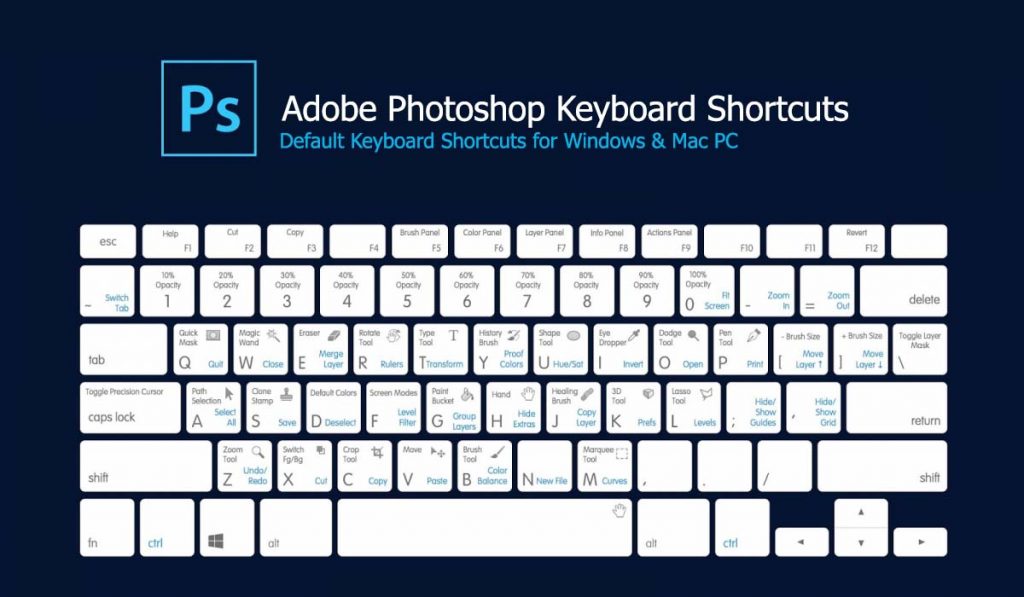

The following pages highlight some of the basic keyboard shortcuts along with the guidelines for you to explore additional shortcuts available in the programs you use or the tasks you carry out.įull lists of keyboard shortcuts are available in the Help facility of the programs you use this can be accessed by pressing the F1 (shortcut) key on your keyboard. This factsheet looks at using keyboard shortcuts instead of navigating menus using the mouse, which is often a more efficient means of interacting with your computer and can reduce the risk of repetitive movements.

Assigning shortcuts to launch programs (Older versions of Windows)
KEYBOARD SHORTCUTS WINDOWS WINDOWS
Navigating Within Windows Using the Keyboard WIN + Up Arrow makes your active window fill the screen and WIN + Down Arrow reduces the size or, if it is already reduced, minimizes it. WIN + Right Arrow does the same thing but pins it to the right side of the screen. WIN + Left Arrow shrinks your active window to half of the screen and pins it to the left side. WIN + Arrow KeyĮach arrow keys has a different function when pressed together with the WIN key.

If you use Microsoft Outlook, press WIN + F3 (F3 is one of the function keys located at the top of your keyboard) to open it right away to access your email, calendar and contacts. With WIN + Pause or WIN + Break, your System Properties window will appear in an instant. You have to click through a lot of keys in order to get to the System Properties window (My Computer, Control Panel, etc.). The System Properties window is important when checking the properties of your Operating System. When you have a lot of opened programs, using the Win + Tab shortcut will allow you to toggle all these open Windows quickly. This shortcut will also allow you to switch users if you need to. If you’re taking a break and leaving your workstation, press WIN + L to lock your computer to prevent others from accessing it. A fast way to access it is to use the WIN + R shortcut. The Run command is available in Window’s Start Menu. The Run button will help you open a file as by just typing in a name of a program, folder, document, etc. Press WIN + E and Windows Explorer opens up immediately. When looking for files, finding and clicking on Windows Explorer with your mouse wastes a lot of time. Instead of looking for the Microsoft Support button, click WIN + F1 and the Windows help and support center will immediately open up. You can’t help but sometimes ask for advice from Microsoft when you’re having trouble with operating their programs. By pressing WIN + M (press WIN and the “M” key at the same time), you can automatically minimize all open windows whether you have two, three, or ten windows open. Minimizing all windows can take time especially if you open up ten windows at the same time. Clicking this key opens your Windows Start menu, where you will see your most recently used applications and the ones you pinned to your Start menu. The WIN key is a shortcut key on its own. Some keyboards have this labeled as the Start key. Note that WIN stands for the key between Ctrl and Alt on Windows keyboards.
KEYBOARD SHORTCUTS WINDOWS PC
Did you know that your PC can function even without your mouse? Save time with these 10 keyboard shortcuts.


 0 kommentar(er)
0 kommentar(er)
